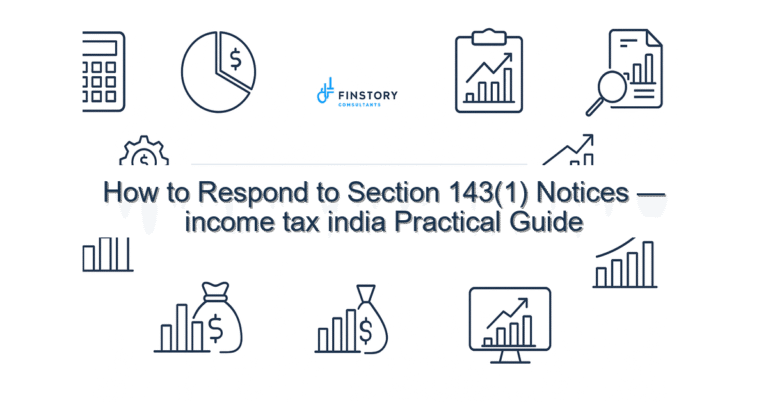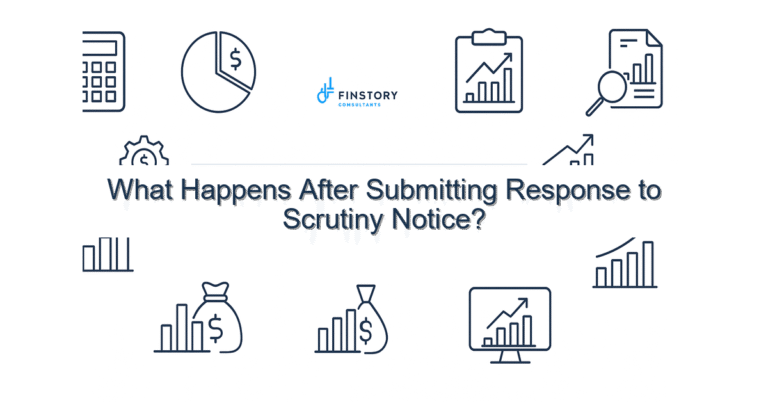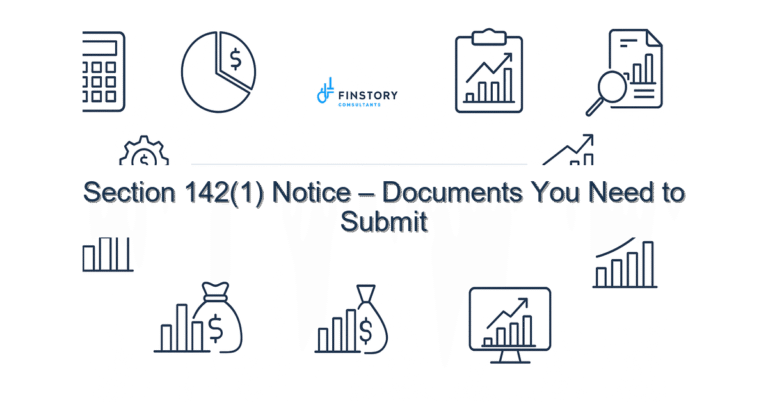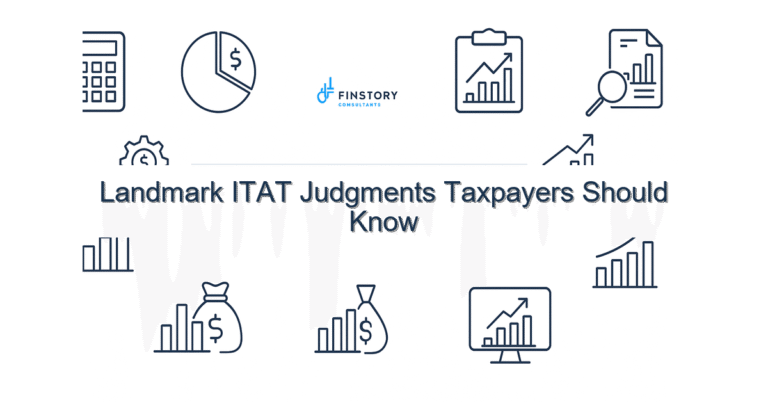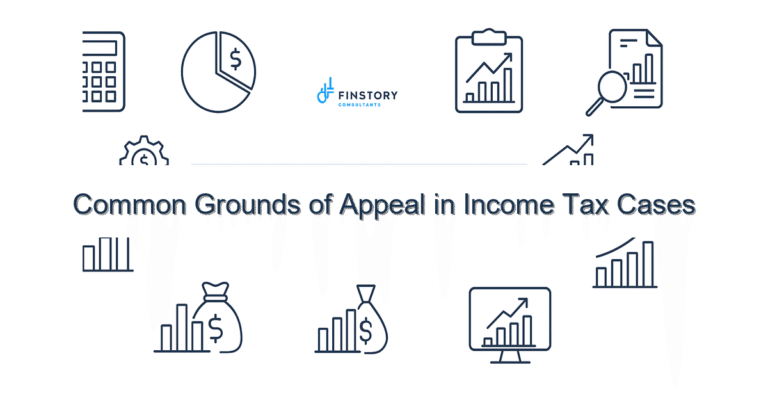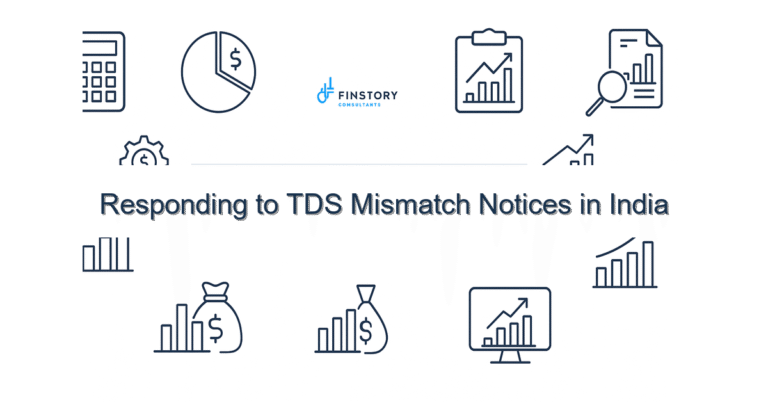How to File an Appeal to the Income Tax Appellate Tribunal (ITAT)
Getting a tax order you don’t agree with is stressful — wages, savings, or a business cashflow can be affected overnight. You’re not alone: salaried professionals, founders and MSMEs regularly face assessment orders, notices or disallowances that feel unfair.
Summary: Filing an appeal to the Income Tax Appellate Tribunal (ITAT) is the formal next step after an adverse order from the Assessing Officer or Commissioner (Appeals). Act fast: preserve timelines, prepare clear grounds, assemble documentary proof (AIS/26AS, TDS/TCS records, bank statements, purchase books), and consider a professional representative to improve outcomes and avoid procedural pitfalls.
What’s the real problem in India?
Many taxpayers in income tax india struggle because tax language, deadlines and forms are technical. The system uses AY/PY (Assessment Year / Previous Year) labels, CBDT timelines and tribunal procedures that are easy to miss. The result: missed appeal windows, poorly drafted grounds, and weak evidence.
- Symptom 1: You get an assessment order just before the ITR filing last date and panic about compliance rather than appeal strategy.
- Symptom 2: Records like AIS/26AS or TDS/TCS slips aren’t reconciled, so your defence lacks proof.
- Symptom 3: You try to appeal without quantifying relief (e.g., capital gains indexation not claimed), so relief is denied.
What people get wrong
Common pitfalls aren’t always legalese — they’re practical mistakes that lose appeals before they begin:
- Missing the appeal window (time limits vary; confirm current CBDT timelines).
- Submitting vague grounds of appeal — tribunals want focused legal issues, not long narratives.
- Relying on incomplete records: mismatches in AIS/26AS, unclaimed TDS/TCS credits or missing Form 26Q/16 evidence.
- Overlooking alternative routes: rectification, revision, or settlement under Section 245H may be faster in select cases.
A better approach
Think of an ITAT appeal as a legal brief backed by clear numbers. Use this compact framework:
- Assess: Read the order carefully and note the date of service, AY/PY, amounts disputed, and brief grounds of disagreement.
- Collect: Reconcile AIS/26AS, TDS/TCS records, bank statements and invoices. Identify quantifiable items (e.g., capital gains indexation calculations).
- Decide route: If under 30/60-day thresholds (check current CBDT rules), file appeal to ITAT; if late, prepare condonation of delay application with reasons and proof.
- Draft grounds: Prepare limited, pointed grounds of appeal citing sections and case law where possible; attach a documentary paperbook and index.
- File & follow-up: Serve copies, file at ITAT registry (physical/e-filing option if available), request stay where immediate recovery or tax demand threatens operations.
Real-world example: A Bengaluru startup founder appealed an assessment disallowing a capital loss. With proper capital gains indexation and a short, well-evidenced paperbook, the appeal settled in the first hearing — refund processed within 6 months, instead of a prolonged dispute costing months of cashflow uncertainty.
Quick implementation checklist
- Confirm the order date and the deadline to file appeal (check CBDT circulars or consult a tax professional).
- Download and reconcile AIS/26AS and all TDS/TCS certificates for the AY/PY in dispute.
- Calculate disputed amounts precisely (include interest, penalties separately) and document the math.
- Draft clear grounds (keep each ground one sentence plus a short explanation).
- Prepare a paperbook: index, copies of assessment order, returns, payment challans, invoices, bank statements.
- Decide representation: whether you will appear personally or appoint a Chartered Accountant/Advocate (Vakalatnama/POA required).
- File the appeal at the correct ITAT registry (confirm whether e-filing is available for your bench) and pay any prescribed fees.
- If you need breathing room, file an application for stay of demand with a concise proof of hardship and, if applicable, a modest pre-deposit.
- If late, prepare a condonation application with documentary reasons for delay (medical, travel, or procedural confusion are common grounds).
- Track hearing dates and prepare a short chronological argument sheet for the tribunal member(s).
What success looks like
- Measured outcomes to expect:
- Higher refund rate or reduced tax demand: successful appeals often recover a significant portion of disputed tax.
- Fewer future notices: a clarified position reduces repeated assessments on the same issue.
- Faster resolution than protracted litigation: ITAT typically resolves appeals quicker than higher courts for routine disputes.
- Improved cashflow: successful stays or reduced pre-deposits protect working capital for MSMEs or startups.
Risks & how to manage them
Risks include dismissal on technical grounds, adverse precedents, or increased penalties if appeal strategy is weak. Manage these by:
- Keeping to timelines — if unsure, apply for condonation immediately with good cause.
- Focusing grounds — don’t overload the tribunal with unrelated complaints.
- Using experts for complex valuations (transfer pricing, capital gains indexation) or sector-specific issues.
- Maintaining clear audit trails for TDS/TCS and reconciliation with AIS/26AS.
Tools & data
Make evidence-driven appeals. Key tools and data sources:
- AIS/26AS from the TRACES/e-filing portal — reconcile all TDS/TCS credits before you appeal.
- E-filing portals for income tax and ITAT registry (where available) — check deadlines and e-submission rules.
- Accounting software and bank statements to substantiate business expenses and income.
- Capital gains calculators that handle indexation for long-term assets.
- Document binder or digital paperbook (indexed PDFs) so you can hand the tribunal a neat case file on day one.
FAQs
Q: How long do I have to file an appeal to the ITAT?
A: Time limits can change; traditionally appeals to ITAT are filed within a statutory period (confirm current CBDT timelines). If you’ve missed the deadline, a condonation of delay application with documented reasons may be possible.
Q: Can I represent myself at the ITAT?
A: Yes — individual taxpayers can appear in person. Many cases benefit from professional representation (Chartered Accountants or advocates) because drafting grounds and citing precedent is technical.
Q: Will filing an appeal delay recovery of tax?
A: Not automatically. You can apply for a stay of demand from the ITAT; grants depend on merits and hardship evidence. Often tribunals ask for a modest pre-deposit before granting a stay.
Q: Where do records like AIS/26AS and TDS/TCS matter most?
A: Everywhere — mismatches in AIS/26AS or missing TDS/TCS credit are common reasons appeals fail. Reconcile these before filing and include documentary proof in your paperbook.
Next steps
If you have an assessment order or notice, don’t wait. Start by downloading your AIS/26AS and reconciling TDS/TCS. If timelines are tight or the sums are significant, get expert help — a focused appeal improves outcomes and minimises needless risk.
Need help drafting grounds, preparing a paperbook, or filing with the ITAT registry? See our practical resources: [link:ITR guide] and smart ways to reduce exposure at [link:tax-saving tips]. We help salaried employees, professionals, founders and MSMEs with appeals, stay applications and negotiation.
Work with Finstory. Speak with an Expert for a personalised plan to reduce your tax outgo and stay compliant. Book a free 20-min consultation.
📞 Need help with Income Tax in India?
Book a 20-min consultation with our tax team. Individuals, founders & MSMEs welcome.
Prefer email or phone? Write to info@finstory.net
or call +91 44-45811170.

